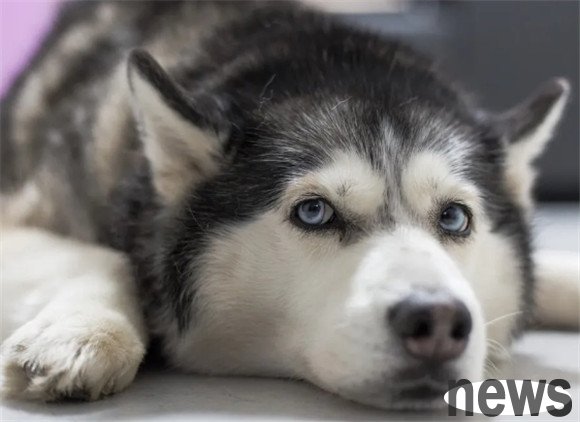Dogs are one of the most loyal friends of human beings, their abilities are often surprising. In addition to its keen sense of smell, dogs also have completely different characteristics from humans in terms of vision. This article will explore in-de...
Dogs are one of the most loyal friends of human beings, their abilities are often surprising. In addition to its keen sense of smell, dogs also have completely different characteristics from humans in terms of vision. This article will explore in-depth visual abilities of dogs, especially what they can see that humans cannot see, and how this ability can help them better adapt to the environment and assist humans.

1. Basic differences between dog vision and human vision
First, it is important to understand the structural differences between dog vision and human vision. There are three types of pigment receptors (pyramidal cells) in human eyes, which are sensitive to red, green and blue light, which allows humans to see rich colors. Most dogs only have two pigment receptors, which are usually sensitive to blue and yellow, which means their color visually closer to red and green blindness. Therefore, dogs see the world significantly differently than humans, and they see a narrower range of colors and tend toward blue-yellow tones.
Not only that, dogs have more rod-shaped cells in their eyes, which are very sensitive to detecting light in dim environments, making dogs more visibility at night or in darker environments. In addition, dogs have larger pupils and more photoreceptor cells, which enhance their visual ability in low-light conditions.
2. "Invisible" things that dogs can see
1. Ultraviolet vision:
Studies show that certain dog species (such as certain hounds) can see ultraviolet light. This ability is particularly important for dogs to hunt or avoid danger. In the wild, for example, ultraviolet rays can help them track prey traces, such as urine traces, which are usually invisible to the human eye.

2. More subtle motion capture:
Dog's vision also optimizes the capture of fast motion. They have a higher retinal refresh rate, allowing them to better track fast moving objects. This is critical for original hunting behavior, and now helps them to show excellent response speed in activities such as playing or following their owners.
3. How can dogs' visual abilities help humans
These special perspective abilities of dogs make them become humans' right-hand assistants in multiple fields. In search and rescue missions, dogs can detect human traces in extreme environments; while in police work, they can track fugitives or drug control. In addition, blind guide dogs also use their superior dynamic vision to help visually impaired navigate safely.
Although dogs' worlds may not be as colorful as humans, their visual abilities in some ways surpass humans, especially in low-light environments and in capturing fast moving objects. These abilities not only allow them to adapt better to the natural environment, but also make them indispensable partners for humans in a variety of tasks. By further studying the visual abilities of dogs, we can not only better understand and care for our four-legged friends, but also may also learn from these characteristics to improve human technologies and tools, such as improving the performance of night vision devices.